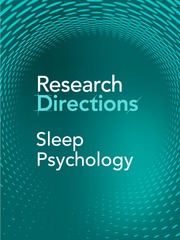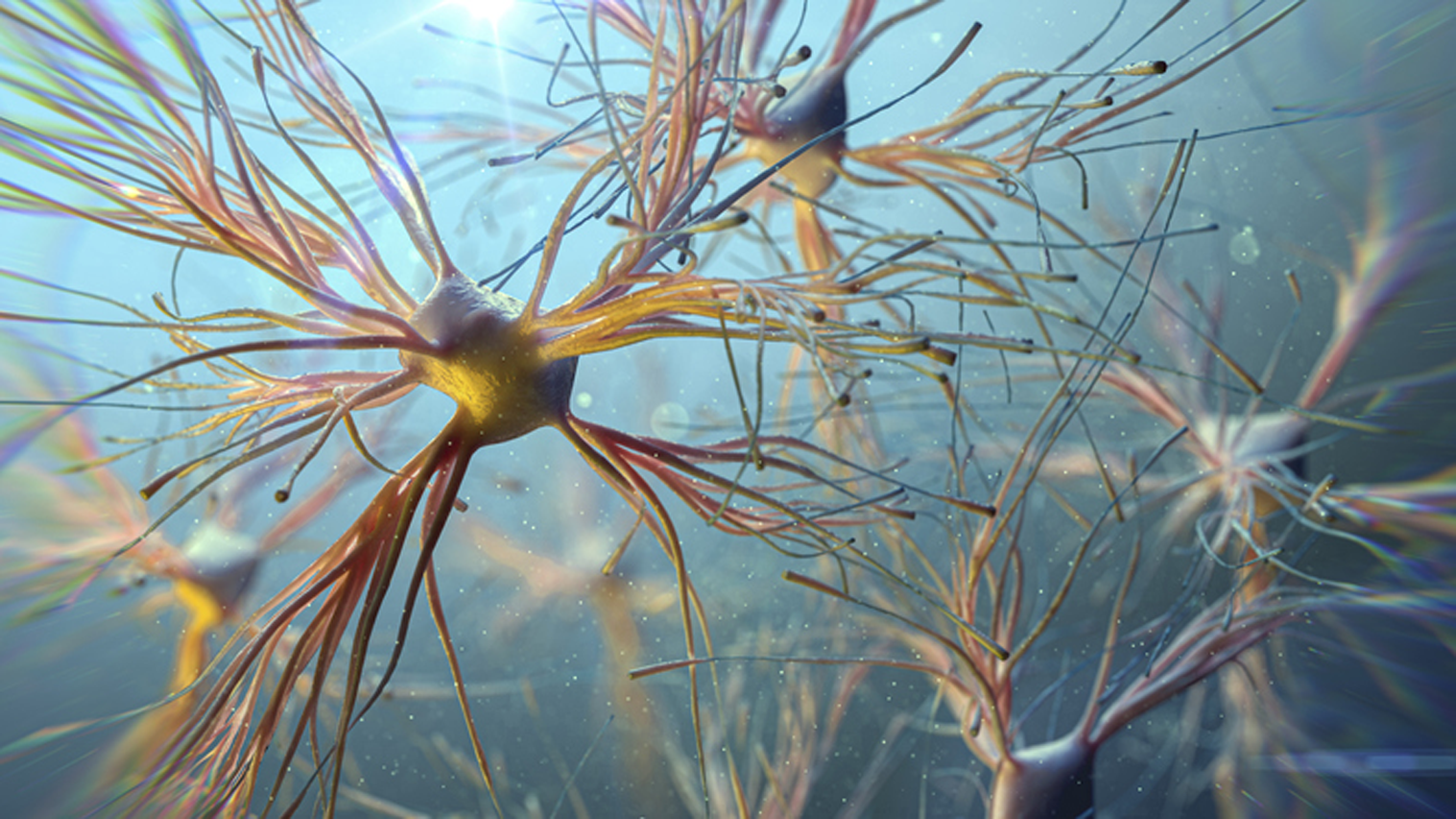Context
Dreaming has always aroused our curiosity. Theories as to the cause and function of dreams have been described since the beginning of recorded history (George Reference George2020). In the late 19th century, experimental psychologists and psychologically-minded researchers from other disciplines made important methodological contibutions, emptical observations, and conceptual developments to the study of dreams (e.g., Jastrow, Reference Jastrow1888; Manacéïne, Reference Manacéïne1897; De Sanctis, Reference De Sanctis1899; Vold, Reference Vold1897). At the end of the 19th century, Mary Whiton Calkins and her female students made pioneering advancements in the psychological science of dreams (Calkins Reference Calkins1893; Weed et al. Reference Weed, Hallam, Phinney and Calkins1896). Freud’s psychoanalytic theory soon overshadowed these groundbreaking empirical works as the interpretation of dream content and their presumed reflections of the unconscious mind became the focus. The detection of rapid eye movements during sleep in 1953 and the suggestion that dreams occurred exclusively during this newly defined sleep state electrified the field of dream research (Aserinsky and Kleitman Reference Aserinsky and Kleitman1953; Dement and Kleitman Reference Dement and Kleitman1957). Although eye movements (Ladd, Reference Ladd1892), increased brain pulsations (Mosso, Reference Mosso1881), and electroencephalographic patterns (Loomis et al., Reference Loomis, Harvey and Hobart1937; Davis et al., Reference Davis, Davis, Loomis, Harvey and Hobart1938) had been previously argued to empirically correspond to dreaming, this discovery catalyzed the first “Meeting of Researchers in the Field of EEG and Dreams” at the University of Chicago in 1961 organized by psychologist Allan Rechtschaffen (Association for the Psychophysiological Study of Sleep Records). Renamed the Annual Meeting of the Association of the Psychophysiological Study of Sleep in subsequent years, these early meetings consisted principally of psychiatrists and psychologists, most of whom with interests in dream research. Among them, John Antrobus, Rosalind Cartwright, G. William Domhoff, David Foulkes, Donald R. Goodenough, Calvin S. Hall, Ernest Hartmann and Joe Kamiya, made valuable contributions to our understanding of dreaming through decades of psychological research (Antrobus, Reference Antrobus and Bertini1992; Domhoff and Kamyia, Reference Domhoff and Kamyia1964; Ellman and Antrobus, Reference Ellman and Antrobus1991; Foulkes, Reference Foulkes1966, Reference Foulkes1985; Goodenough et al., Reference Goodenough, Lewis, Shapiro, Jaret and Sleser1965; Hall and Van de Castle, Reference Hall and Van de Castle1966; Hartmann, Reference Hartmann2010). While David Foulkes tirelessly advocated for his vision of a descriptive and explanitory dream psychology, Rosalind Cartwright developed an applied vision for the field outlining over 100 dream-related questions that remain pertinent to sleep psychology (Cartwright Reference Cartwright1977, Reference Cartwright1978, Reference Cartwright2010). With the rise of sleep medicine and the vicissitudes of funding, dream research drifted to the fringe of sleep research by the end of the 1980s (Foulkes Reference Foulkes1996). Nevertheless, dreaming remains a central topic of sleep psychology, and many questions remain to be answered.
Several contemporary theories of dreaming have been proposed (e.g., Domhoff, Reference Domhoff2022; Hobson, Reference Hobson1990; Horton, Reference Horton2017; Schredl, Reference Schredl2000; Valli et al., Reference Valli, Revonsuo, Pälkäs, Ismail, Ali and Punamäki2005). Some conceptualize dreaming as a protoconscious state, providing a virtual reality model of the world that has evolutionary value or is of functional use to the development and maintenance of waking consciousness. Others view it as an epiphenomenal neurocognitive process that occurs during sleep. New and creative studies are ongoing to clarify the evolutionary mechanisms and functions of dreams shedding light on the relations between dreams and consciousness, cognition, memory consolidation, and mental health (e.g., Horowitz et al., Reference Horowitz, Esfahany, Gálvez, Maes and Stickgold2023; Li et al., Reference Li, Zhang, Han, Li, Jing, Lu, Liu, Han, Su, Yang, Yin, Xie and Zou2023; Voss et al. Reference Voss, Schermelleh-Engel, Windt, Frenzel and Hobson2013; Wamsley, Reference Wamsley2022). With recent advances in somnoimaging, that combines neuroimaging techniques with sleep research methods, we are now able to characterize cerebral function throughout the sleep–wake cycle. The application of these new somnoimaging techniques with machine learning and even newer AI applications to dream reports has the potential to accelerate our ability to answer persistent questions about dreaming (e.g., Desseilles et al., Reference Desseilles, Dang-Vu, Sterpenich and Schwartz2011; Horikawa et al., Reference Horikawa, Tamaki, Miyawaki and Kamitani2013; McNamara et al., Reference McNamara, Duffy-Deno, Marsh and Marsh2019). But to date, the definitive functions of dreaming in relation to brain functioning and mental health remain the subjects of considerable debate and active research.
Research Directions: Sleep Psychology welcomes submissions that will help advance our understanding of how dreaming relates to the brain and mental functioning including neuroplasticity, cognition, consciousness and mental health. Specific topic areas of interest to this question include, but are not limited to:
-
Associations between dreaming and neuroplasticity
-
The relationship between dreaming and psychological processes during sleep and wakefulness
-
Dreaming across the lifespan
-
The relationship between dreaming and memory, emotional processing and consciousness
-
Models of dreaming
-
Sleep mentation and dreaming across sleep–wake states
-
How psychological and social factors contribute to modifying the dream experience and its effect on the brain? (e.g., personal factors or collective trauma such as war or covid)
-
The role of dreaming on brain health
-
Pathological dreaming (e.g., nightmares) their neurobiological processes and how they affect mental health and psychological functioning
-
The mechanisms of lucid dreaming and the role of lucid dreaming in sleep health and psychological funtioning
-
What constitutes dream health?
-
Neurocognitive processes of dreaming
-
Individual differences in dreams
How to contribute to this Question
If you believe you can contribute to answering this Question with your research outputs find out how to submit in the Instructions for authors. This journal publishes Results, Analyses, Impact papers and additional content such as preprints and “gray literature”. Questions will be closed when the editors agree that enough has been published to answer the Question so before submitting, check if this is still an active Question. If it is closed, another relevant Question may be currently open, so do review all the open Questions in your field. For any further queries check the information pages or contact this email sleeppsychology@cambridge.org.
Acknowledgments
We acknowledge Eva Lundgreen for her editorial review of formatting and grammar.
Competing interests
The authors declare none.




